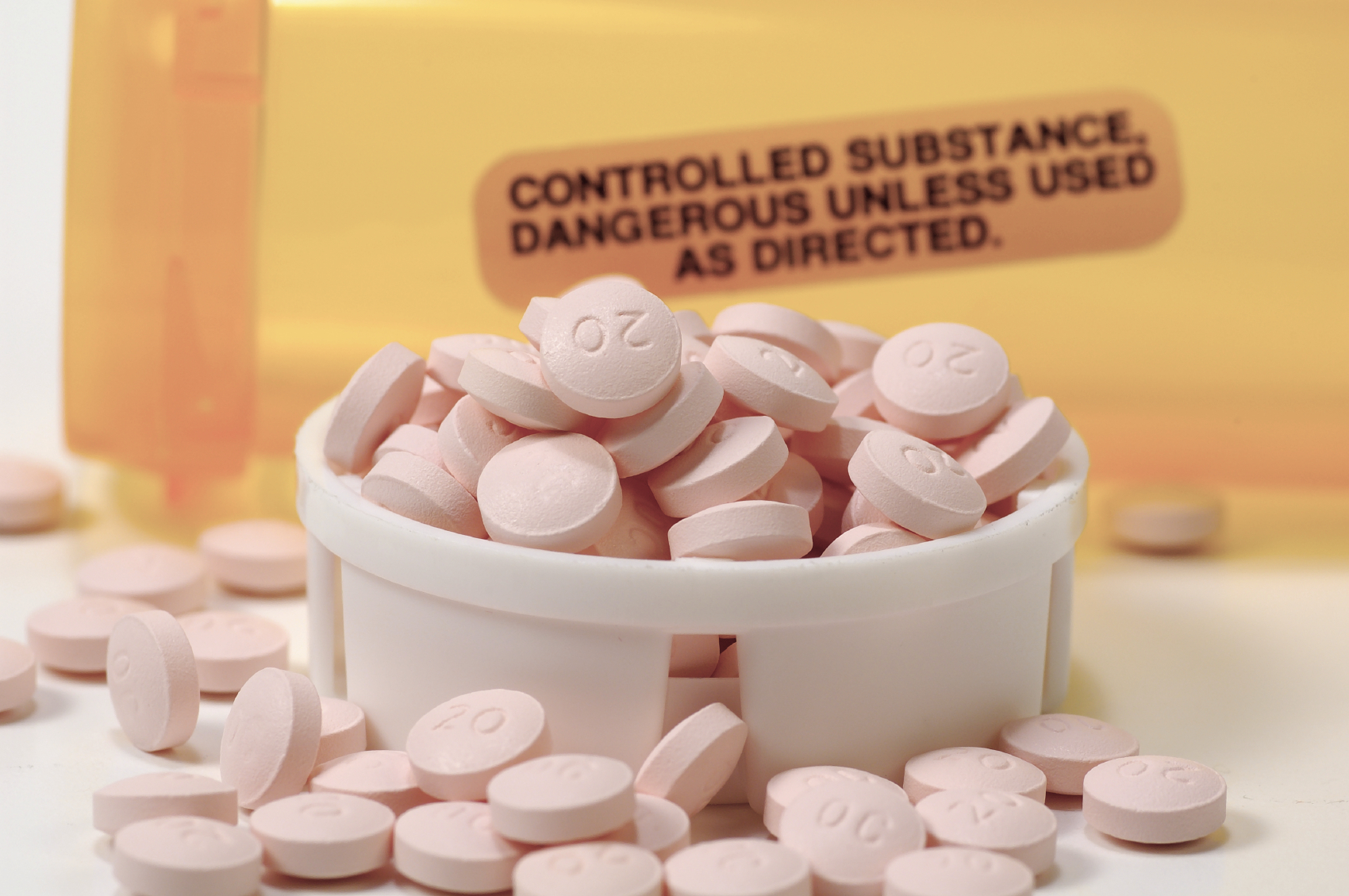Here is something the generic industry has been waiting for. The questions about what and how a generic abuse-deterrent product has become somewhat more clear with the issuance today of the Draft Guidance for Industry – General Principles for Evaluating the Abuse Deterrence of Generic Solid Oral Opioid Drug Products (here) .The Guidance document describes the types of tests (comparative in vitro studies and, in some cases, relevant pharmacokinetic or other studies that may be appropriate) that a generic applicant should undertake when seeking approval for a Reference Listed Drug (RLD) opioid product that has abuse-deterrent properties described in its labeling. The studies recommended are designed to assure that the generic product is no less abuse-deterrent than the RLD.
The draft Guidance goes on to say that “if the RLD’s labeling describes abuse-deterrent properties, the ANDA applicant should evaluate its product to show that it is no less abuse-deterrent than the RLD with respect to all potential routes of abuse.” This statement demonstrated that the abuse-deterrent properties of the generic must be at least as good as those of the RLD for approval. Could the generic have additional properties? That is an interesting question that has not yet been answered. FDA states that “[m]arketing a generic opioid drug product that is less abuse-deterrent than the RLD could lead opioid abusers to preferentially seek out and abuse generics.” By this statement, FDA implies that a generic that is any less abuse-deterrent cannot be considered as therapeutically equivalent, and thus, could not be approved through the 505(j) ANDA process.
“This guidance focuses on the general principles for developing and evaluating the abuse deterrence of generic solid oral opioid drug products formulated to incorporate physical or chemical barriers, agonist/antagonists, aversive agents, or combinations of two or more of these technologies.” While there may be other technologies that newly approved NDAs may incorporate, FDA notes that, in such cases, FDA will likely issue product-specific guidance for those newer technologies. FDA notes that the ANDA applicant should review the RLD labeling to determine if there are any abuse-deterrent information in the labeling, but for some NDA products that have incorporated certain abuse-deterrent properties into their product through the NDA process but have not yet been able to incorporate such language into their labeling, the ANDA applicant is instructed to evaluate the public literature regarding the NDA product to determine what tests were done and what characteristics were incorporated into the NDA product to inform what test the generic should incorporate into its submission. This implies that if an NDA has been approved with some abuse-deterrent properties but the Agency has not yet agreed on any specific labeling to call out these properties, the ANDA applicant should still develop a product that is consistent with and demonstrates no less of the incorporated abuse-deterrent properties than the specific RLD NDA they reference as the basis of their application. This is somewhat of an inconsistency as the Guidance states that “[i]f the labeling for the R product does not describe any abuse-deterrent properties, the testing recommendations in this guidance are not applicable.”
FDA is recommending a tiered approach to testing outlined in the document, which FDA explains as follows: “This tier-based approach allows for hierarchical testing, starting with simple and gentle manipulations of the product in in vitro studies (Tier 1) and progressing to more destructive mechanical and chemical manipulations until R[eference] product’s abuse deterrence is defeated or compromised, or T[est] product is shown to be less abuse-deterrent than R product.”
The Agency notes that the applicant should assess the reference product’s abuse-deterrent properties for all routes of administration and employ the tiered approach, however, FDA makes it clear that the formulations of the test and reference product do not have to be the same. FDA also notes that the applicant should address tampering skills, time, and tampering resources available and, in discriminating studies, the application is suggested to also use a control product. The generic should perform no worse than the RLD in such comparative studies. The Agency provides statistical parameters for evaluation of comparative tests in appendices to the Guidance document.
The document is further broken down by routes of abuse and guidance is given for the proposed testing and FDA expectations regarding those comparisons. Testing should be conducted against all proposed strengths of the test and reference product, unless there is evidence that the reference product strengths are all dose proportional.
In regard to pharmacokinetic (pK) testing, FDA gives the following example: “when evaluating the potential to abuse the proposed product by ingestion, if, after attempting the dissolution study recommended in Appendix 3, the potential applicant believes the testing is overly sensitive to characterize its generic drug product with respect to abuse deterrence, the product may be evaluated further in a PK study. In such cases, the potential applicant should seek the Agency’s input on the PK study design before conducting the study.” Other Guidance on the conduct of pK studies are provided. Also, if the aversion ingredient in the test product differs from that used in the reference product, firms may have to perform a comparative liking pK study of the products. FDA suggests that, if such a study is deemed necessary, the applicant seeks FDA’s advice before proceeding.
The remainder of the document discusses methodology and statistical evaluation. For those firms that are in this space, the document should be read carefully and questions or inconsistencies should be raised with the Agency. Also, remember, this is a draft Guidance and, although it provides a view of current Agency thinking, that thinking as we have seen with other complex products has changed over time.




